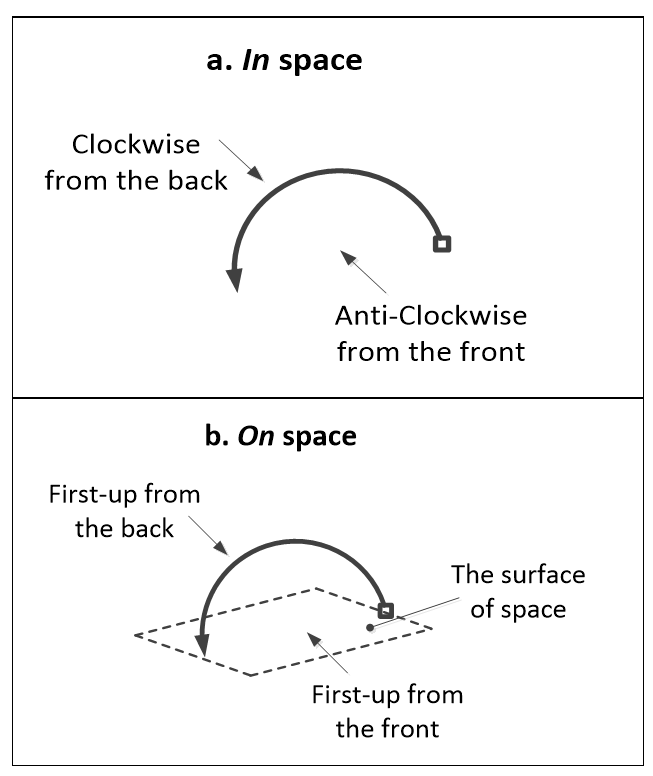Matter and anti-matter are equivalent opposites, so the laws of physics would be the same in an anti-matter universe, except anti-matter atoms would have positive electrons. The standard model expected the big bang to produce matter and anti-matter equally, but where then is the anti-matter? Did the big bang produce:
1) No anti-matter, for some unknown reason?
2) Matter and anti-matter equally, but the anti-matter in our universe is hidden?
3) Matter and anti-matter equally, but matter somehow overcame anti-matter?
Physics dismisses the first option by its equations, and the second because no anti-matter meteors, planets, or stars have been seen, so it assumes the big bang made equal amounts of matter and anti-matter, but matter then somehow overcame anti-matter to give our universe. That no evidence supports this view is called a mystery of physics:
“The lack of anti-matter is a deep mystery that cannot be explained using the Standard Model.” (Oerter,2006), p101.

What then does processing suggest? A clockwise rotation in a space is anti-clockwise from the other side (Figure 4.7a), but a first-up rotation on a surface stays that way however it is viewed (Figure 4.7b). If our universe began with one photon, it had to first vibrate up or down on the surface of space, and either way, its offspring would follow suit.
It follows that our universe filled with matter not anti-matter because the first photon chose to vibrate up then down. Light then evolved into matter only, so the anti-matter the standard model is mystified by never was. The first event of our universe led to matter and from then on, anti-matter was a path not taken. Nothing in our universe will ever explain why it is made of matter not anti-matter because that was decided when it began.